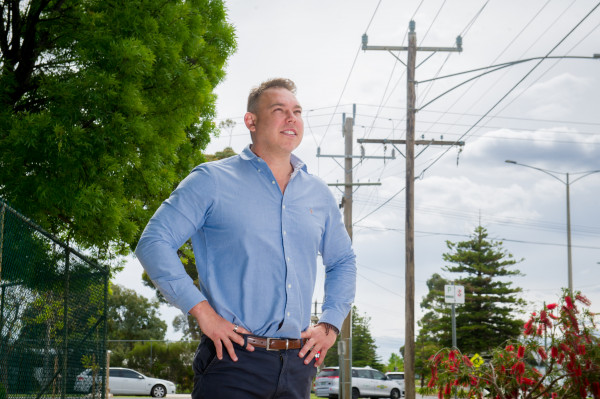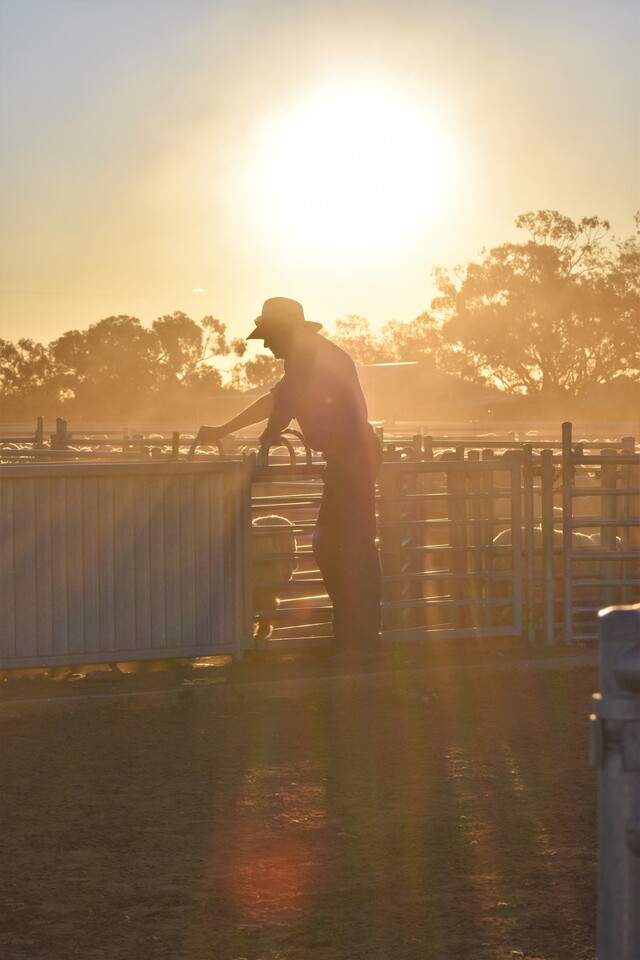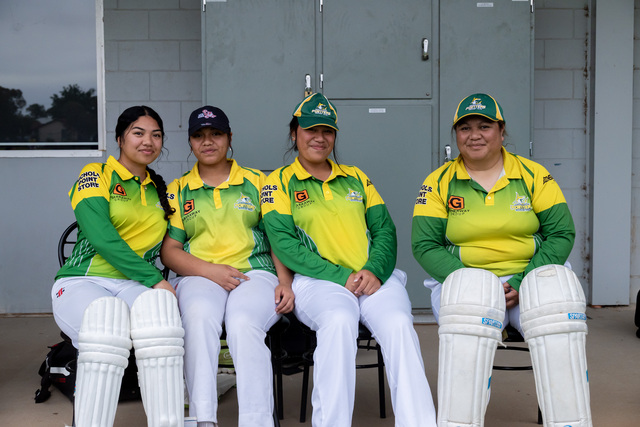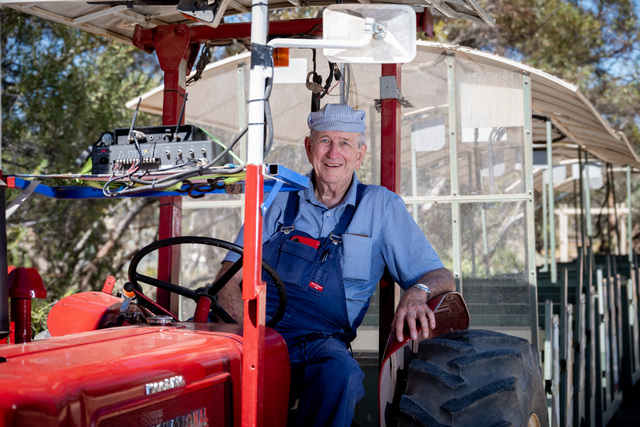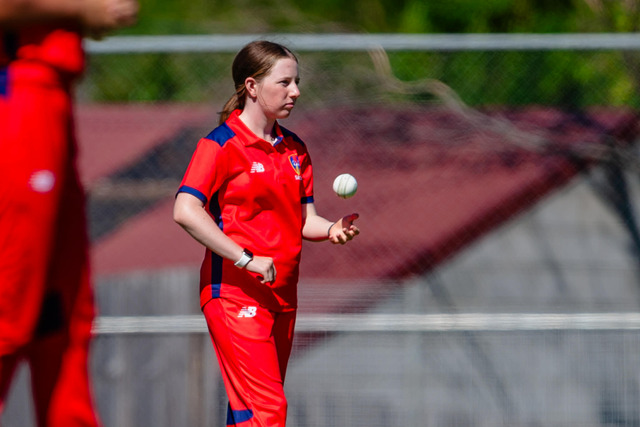Opinion: Liam Wood
ONE of the most important roles we play at council is to advocate on behalf of our community, ensuring our voice is heard by decision-makers at the highest levels of government.
The past two weeks are an example. I was in Canberra for a Murray River Group of Councils conference last week, where I joined mayors and chief executives from other member councils in a series of 10 meetings packed into two days. Our chief executive Martin Hawson joined me for a similar series of meetings in Melbourne on Wednesday and Thursday this week.
These meetings provided valuable opportunities to speak directly to federal ministers Tanya Plibersek, Kristy McBain and Chris Bowen, as well as other advisors and key government figures.
I used this opportunity as a MRGC member to press home the point that the Federal Government needs to do a lot more to support our region’s recovery from the Murray River flood, as well as reduce the cost of living in our region.
A day later, the National Emergency Management Agency indicated it would seek meetings with its counterparts at state level to discuss the issues raised by the MRGC in relation to flood recovery, with a commitment to come up with solutions within a week if possible and to “get money flowing and works under way”.
This wouldn’t have happened as quickly or effectively if we relied on just sending letters or emails. It’s about building relationships and talking directly to these decision-makers.
At present, flood recovery is one of our highest immediate advocacy priorities, particularly in terms of our region’s economic recovery.
Our future priorities include realising our potential as a national renewable energy hub, building our population to become a true regional city and diversifying our economy.
The key to realising these goals is ensuring we’re solutions based. It’s about going to government with solutions, and I believe between the work we do at council and the innovative groups and businesses in Sunraysia, we have many of these solutions. We just need government support to realise them.
Here a few examples.
We have $1.5 billion in renewable-energy projects on the table and ready to go in our region. This represents a massive amount of economic activity through jobs creation, from construction through to operation. We just need the associated power grid infrastructure in place and other measures to support it, which is where government can play a role. This is another issue we pushed in Canberra last week.
Housing is another big one. We’ve received projections on the amount of housing needed in Victoria in the next decade – 1.6 million homes.
Based on previous trends, this will mean about 1.2 million homes will be built in Melbourne, and the remaining 400,000 in regional Victoria.
We’re fighting for a large share of those 400,000 new homes by putting forward the notion that Mildura should and can be treated as a true regional city with a population of 100,000. Our argument to government is that congestion in metropolitan areas isn’t the solution to Victoria’s future – regionalisation is the key.
Achieving this would bring with it a raft of benefits, not least of which is greater population density in our region, which will go a long way to solving the inequitable position we find ourselves in regarding the rates we all pay compared to metropolitan areas.
We know our municipality is a great place to live, and we obviously have the land. We just need incentive-based reasons for people to move to our region, which is where governments can play a role.
Another prime example of our advocacy work, which has been covered well in Sunraysia Daily in recent months, is our plan for an events-led flood recovery, which has been pitched directly to Victorian Minister for Events Steve Dimopoulos and Visit Victoria chief executive Brendan McClements, as well as many of the ministers already mentioned above.
It would be much easier to leave the Melbourne or Canberra trips in the too-hard basket. To stay home and complain about all the things that need to be done in our region, to stamp our feet and ask why we missed out on this or that bucket of funding. That doesn’t get us anywhere.
Going straight to the decision-makers, those that hold the purse strings, with well-articulated solutions is where we need to put our effort time and time again.
Yep, I could do without the travel, but if one trip results in millions of dollars for our region it’s a very worthwhile return. It’s about visibly and deliberately advocating for our fair share of investment.

